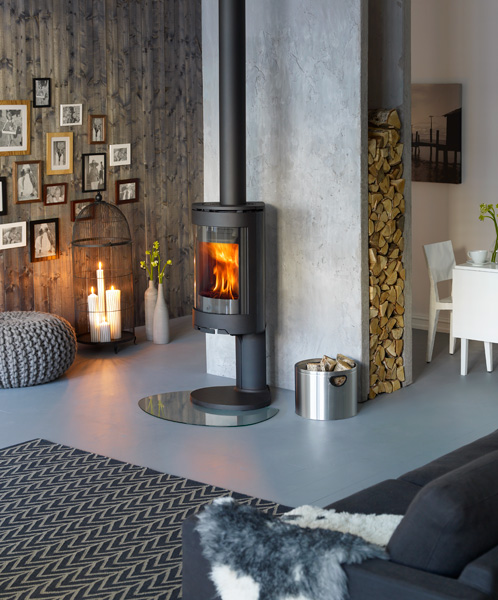There is nothing better than coming downstairs in the morning to a rip roaring stove fire with that special heat which seems to seep deep into your bones.
Lighting a stove can be difficult - while there are no strict ways in which to light a woodburning stove I have a process which I use every day and it seems to work for me. I will now walk you through what I do in the morning, how I get our stove lit!
Preparing the fire
As we all know, the only way to create a rip roaring fire is to give the fire fuel in the shape of wood, paper and kindling and that mystery ingredient, air. However, before you load up your stove with wood, paper, etc you should remove all ash from the ash pan and open all of the air vents to ensure there's more than enough fuel for the fire.
Getting the fire going
This is the interesting part, laying down the foundations for a roaring fire which will bring amazing heat to your room and your house. The first thing that we do is scrunch up old newspaper and place this at the bottom of the stove, we then place kindling above this and a couple of larger logs on top of the kindling. Now we get to the interesting bits!
The trick to a rip roaring fire is to start it very slowly and ensure that there is enough fuel to get it going and keep it going. Once we have set fire to the paper this will then ignite the kindling which will slowly but surely ignite the larger logs on top. Once the larger logs are an integral part of the fire it is then time to move to the next age.
Leaving the stove to burn
Once your fire is in full swing then simply close the stove door, slowly open the air vents on the top of the stove and close the air vents at the bottom. This will ensure that the fire burns brightly and at this point you can begin to add more logs to the stove. A well-equipped and a well supplied fire will burn for a long time and create the kind of heat that we had all hoped for. This is the best part, when you can lay back and enjoy not only the heat from your stove but also the atmosphere and the ambience.
While this lighting process works perfect for me there are other techniques which may suit your stove and your requirements better. The trick is to ensure there is enough air and enough fuel to get the fire going and then ensure that the air vents are adjusted and the stove is fully supplied with logs going forward! Do not let your fire go out!

